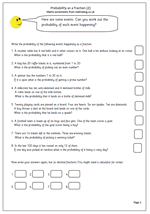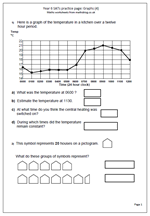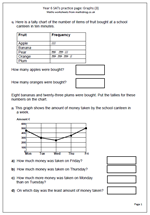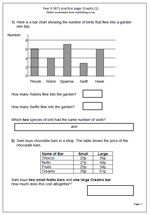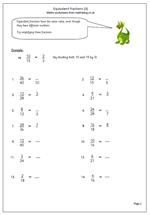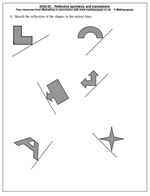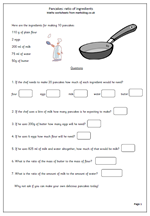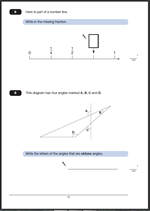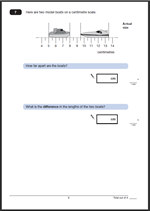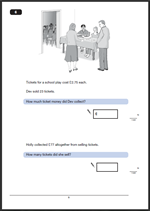Probability does cause some confusion with children, partly because it can be expressed in several ways and because it is very hard to find events which are absolutely certain to happen, or not happen.
One way of displaying the probability of an event is as a percentage: for example, there is a 50% chance of landing on a head when tossing a coin.
Another way is as a fraction: there is 1/2 chance, or one in two chance of landing on heads.
A third way is as a decimal fraction, where zero means no chance and 1 is certain: there is 0.5 chance of landing on heads. Probability can be displayed along a number line marked from zero to one.
A the end of the page there is a tricky probability line where the events have to be placed in order of likelihood.
This year 6 maths worksheet is the second published which looks at probability as a fraction and then as a decimal fraction. A calculator would be useful to do the conversion and it is suggested that the answer should be displayed to 2 decimal places. A useful homework sheet.
